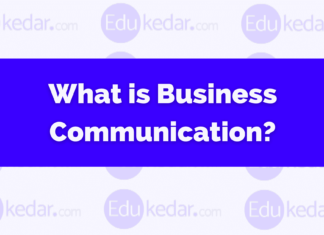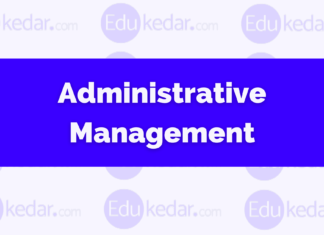Business Communication: Definition, Functions, Types & Process
Business Communication is the act or process of transferring information from one person to another person, and every communication involves at least one sender,...
Administrative Management: Meaning, Principles, Theory & Advantages
Administrative Management theory tries to find a rational way to design an organization as a whole. This theory formulates administrative structure, a clear division...
Centralization And Decentralization: Difference, Advantage & Disadvantage
Centralization and Decentralization are the two different ways of an organizational system used in various sectors such as government offices, corporate, private sectors, firms,...
What is Scientific Management Theory? Define Taylorism Principle
The scientific management delivered progressive thoughts for the time-thoughts, for example, worker preparing and carrying out normalized accepted procedures to further develop efficiency. Taylor's...
Maslow’s Hierarchy of Needs Theory (5 Levels Explained with Examples)
Maslow's Hierarchy of Needs is a theory of Motivation which is given by American psychologist Abraham Maslow. Here we have shared all the 5...
What is Hawthorne Experiment? Theory by Elton Mayo, 4 Phases
Hawthorne experiments were designed to study how different aspects of the work environment, such as lighting, the timing of breaks, and the length of...
What is Classical Management Theory? Define, Types, Application
An association without legitimate administration resembles a boat without a rudder. For a long time, associations of all shapes and sizes have depended on...
Evolution of Management Thought: Theories with Examples
There is a long history behind the evolution of management thought. Understanding the evolution of management thought is significant as it figures out what...
“French Menu” 17 Classical Course with Examples, Food Ideas
The French classical menu consists of a 17-course menu. According to the main ingredients used in the preparation, method of cooking, taste, and texture...
What are Mother Sauces? Meaning, Derivatives, Types, Name List
Mother sauces were given by chef Auguste Escoffier in the 1800s. These days French cooking regularly utilizes this mother sauce. Any cook who needs...











